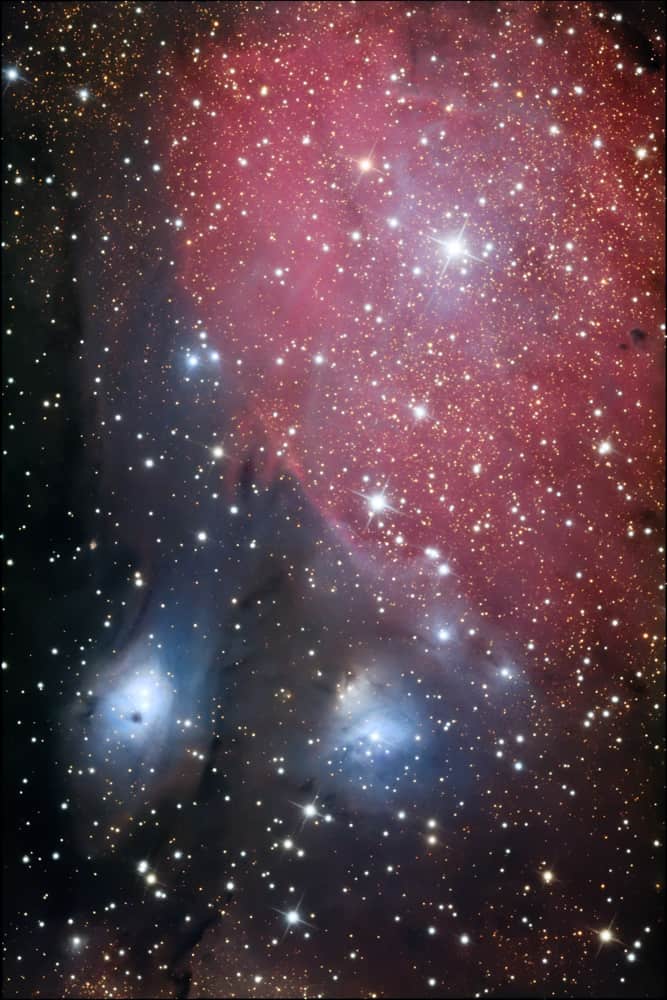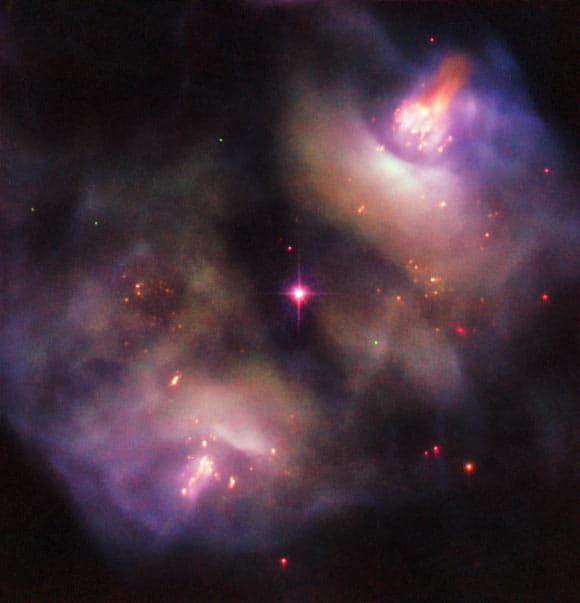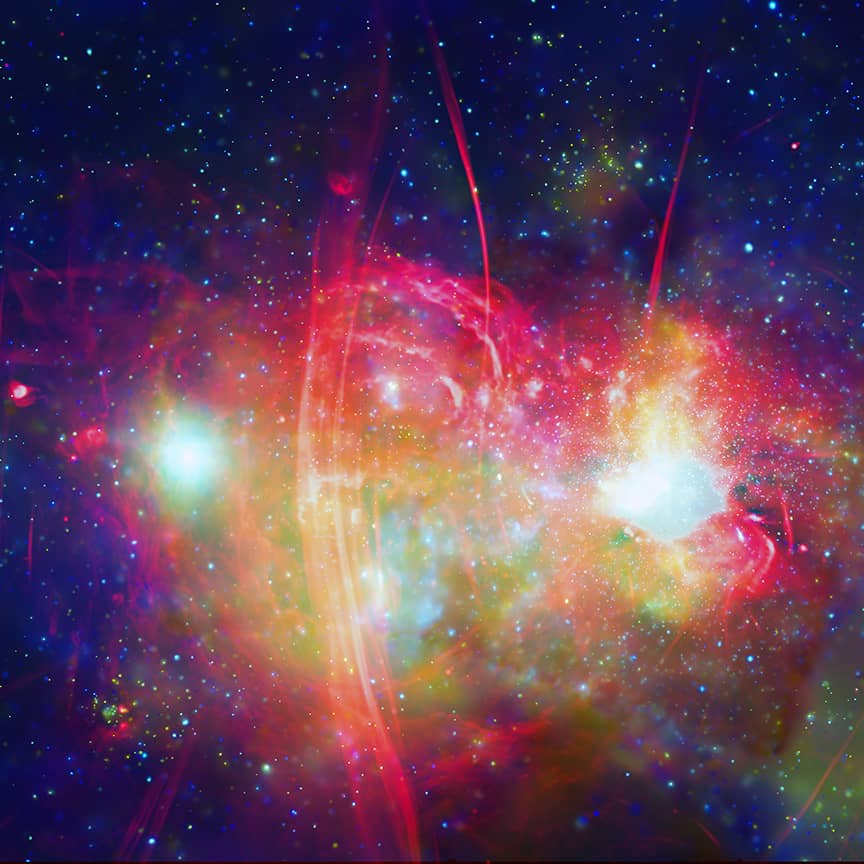Blog
Leon Parker (born August 21, 1965 in White Plains, New York) is a jazz percussionist and composer. He is known for occasionally using a minimalist drum set with fewer components than usual, “sometimes consisting only of a snare drum, bass drum and a cymbal.”
His 1998 album, Awakening (Columbia), reached the 20th position on Billboard ‘s “Top Jazz albums” chart. It was his second album for Columbia.
Parker played on pianist Jacky Terrasson‘s first three albums. Parker toured with guitarist Charlie Hunter, who commented that “What I always look for in drummers is that they have a perfect blend of the visceral and the intellectual […] Leon definitely had that.”
https://www.youtube.com/watch?v=qJEAkNFwexw&t=130s
more...Arthur Stewart Farmer (August 21, 1928 – October 4, 1999) was an American jazz trumpeter and flugelhorn player. He also played flumpet, a trumpet–flugelhorn combination especially designed for him. He and his identical twin brother, double bassist Addison Farmer, started playing professionally while in high school. Art gained greater attention after the release of a recording of his composition “Farmer’s Market” in 1952. He subsequently moved from Los Angeles to New York, where he performed and recorded with musicians such as Horace Silver, Sonny Rollins, and Gigi Gryce and became known principally as a bebop player.
As Farmer’s reputation grew, he expanded from bebop into more experimental forms through working with composers such as George Russell and Teddy Charles. He went on to join Gerry Mulligan‘s quartet and, with Benny Golson, to co-found the Jazztet. Continuing to develop his own sound, Farmer switched from trumpet to the warmer flugelhorn in the early 1960s, and he helped to establish the flugelhorn as a soloist’s instrument in jazz.He settled in Europe in 1968 and continued to tour internationally until his death. Farmer recorded more than 50 albums under his own name, a dozen with the Jazztet, and dozens more with other leaders. His playing is known for its individuality – most noticeably, its lyricism, warmth of tone and sensitivity. Art Farmer was born an hour before his twin brother, on August 21, 1928, in Council Bluffs, Iowa, reportedly at 2201 Fourth Avenue. Their parents, James Arthur Farmer and Hazel Stewart Farmer, divorced when the boys were four, and their steelworker father was killed in a work accident not long after this. Art moved with his grandfather, grandmother, mother, brother and sister to Phoenix, Arizona when he was still four.
https://www.youtube.com/watch?v=gl0rF0-2cQ8
William James “Count” Basie (/ˈbeɪsi/; August 21, 1904 – April 26, 1984) was an American jazz pianist, organist, bandleader, and composer. In 1935, Basie formed his own jazz orchestra, the Count Basie Orchestra, and in 1936 took them to Chicago for a long engagement and their first recording. He led the group for almost 50 years, creating innovations like the use of two “split” tenor saxophones, emphasizing the rhythm section, riffing with a big band, using arrangers to broaden their sound, and others. Many musicians came to prominence under his direction, including the tenor saxophonists Lester Young and Herschel Evans, the guitarist Freddie Green, trumpeters Buck Clayton and Harry “Sweets” Edison and singers Jimmy Rushing, Helen Humes, Thelma Carpenter, and Joe Williams.
William Basie was born to Lillian and Harvey Lee Basie in Red Bank, New Jersey. His father worked as a coachman and caretaker for a wealthy judge. After automobiles replaced horses, his father became a groundskeeper and handyman for several wealthy families in the area. Both of his parents had some type of musical background. His father played the mellophone, and his mother played the piano; in fact, she gave Basie his first piano lessons. She took in laundry and baked cakes for sale for a living. She paid 25 cents a lesson for Count Basie’s piano instruction.
more...NGC 6589 is a reflection nebula located in the constellation of Sagittarius, and it was discovered by Truman Safford on August 28, 1867. In August 1905, Edward Barnard listed it as IC 4690.
The objects in question are two reflection nebulae called NGC 6589 and NGC 6590, and a loose cluster of stars called NGC 6595 (also known as Sharpless 37). The characteristic blue glow is created generated when starlight ricochets off interstellar dust grains, causing the light to scatter in the blue part of the electromagnetic spectrum.
In addition to the cluster and the reflection nebulae, another object is in view: a huge, semi-transparent cloud of gas to which the nebulae connect, resembling a cosmic percentage symbol. This cloud, dubbed IC 1283 (smaller clouds, IC 1284 and IC 4700, are embedded), is comprised of mostly of hydrogen, with bits of dust thrown in for good measure. A source of ultraviolet radiation has ionized this cloud, but it may not in fact be associated with the other three objects.
The whole lot can be found near the galaxy’s center toward the constellation of Sagittarius, somewhere around 5,900 light-years from Earth.
more...Isaac Lee Hayes Jr. (August 20, 1942 – August 10, 2008) was an American singer, songwriter, actor, and producer. Hayes was one of the creative forces behind the Southern soul music label Stax Records, where he served both as an in-house songwriter and as a session musician and record producer, teaming with his partner David Porter during the mid-1960s. Hayes and Porter were inducted into the Songwriters Hall of Fame in 2005 in recognition of writing scores of songs for themselves, the duo Sam & Dave, Carla Thomas, and others. In 2002, Hayes was inducted into the Rock and Roll Hall of Fame.
The song “Soul Man“, written by Hayes and Porter and first performed by Sam & Dave, has been recognized as one of the most influential songs of the past 50 years by the Grammy Hall of Fame. It was also honored by The Rock and Roll Hall of Fame, by Rolling Stone magazine, and by the Recording Industry Association of America (RIAA) as one of the Songs of the Century. During the late 1960s, Hayes also began a career as a recording artist. He had several successful soul albums such as Hot Buttered Soul (1969) and Black Moses (1971). In addition to his work in popular music, he worked as a composer of musical scores for motion pictures.
He was well known for his musical score for the film Shaft (1971). For the “Theme from Shaft“, he was awarded the Academy Award for Best Original Song in 1972. He became the third African-American, after Sidney Poitier and Hattie McDaniel, to win an Academy Award in any competitive field covered by the Academy of Motion Picture Arts and Sciences. He also won two Grammy Awards for that same year. Later, he was given his third Grammy for his music album Black Moses.
In 1992 Hayes was crowned honorary king of the Ada region of Ghana in recognition of his humanitarian work there. He acted in motion pictures and television, such as in the movies Truck Turner and I’m Gonna Git You Sucka, and as Gandolf “Gandy” Fitch in the TV series The Rockford Files(1974–1980). He voiced the character Chef from the animated Comedy Central series South Park from its debut in 1997 until 2006. His influences were Percy Mayfield, Big Joe Turner, James Brown, Jerry Butler, Sam Cooke, Fats Domino, Marvin Gaye, Otis Redding, and psychedelic soul groups like The Chambers Brothers and Sly and the Family Stone.
more...Frank Rosolino (August 20, 1926 – November 26, 1978) was an American jazz trombonist. Born in Detroit, Michigan, Frank Rosolino studied the guitar with his father from the age of 9. He took up the trombone at age 14 while he was enrolled at Miller High School, where he played with Milt Jackson in the school’s stage band and small group. He did not graduate. He joined the 86th Division Army Band during World War II. Following his time in the Army, he returned home to Detroit. He performed in the Mirror Ballroom or the Bluebird with other musicians, such as Kenny Burrell, Paul Chambers, Tommy Flanagan, and the Jones brothers, Hank, Thad, and Elvin). He played with Charlie Parker in the 3 Deuces on 52nd Street in New York City.
During these years Rosolino was also performing with the big bands of Bob Chester, Glen Gray, Tony Pastor, Herbie Fields, Gene Krupa, and Stan Kenton. After a period with Kenton he settled in Los Angeles, where he performed with Howard Rumsey‘s Lighthouse All-Stars (1954–1960) in Hermosa Beach.
Throughout the 1960s and 1970s, between nightclub engagements, Rosolino was active in many Los Angeles recording studios where he performed with such notables as Frank Sinatra, Sarah Vaughan, Tony Bennett, Peggy Lee, Mel Tormé, Michel Legrand, and Quincy Jones. In the mid-to-late 1960s he and fellow trombonist Mike Barone, billed as “Trombones Unlimited,” recorded for Liberty Records several albums of pop-style arrangements of current hits, such as the 1968 album “Grazing in the Grass.”
more...
James Elbert Raney (August 20, 1927 – May 9, 1995) was an American jazz guitarist born in Louisville, Kentucky, known for his work from 1951 to 1952 and then from 1953 to 1954 with the Red Norvo trio (replacing Tal Farlow) and, during the same time period, with Stan Getz. In 1954 and 1955, he won the Down Beat Critics’ Poll for guitar. Raney worked in a variety of jazz mediums, including cool jazz, bebop, post bop, hard bop, and mainstream jazz.
In 1946, he worked for a time as guitarist with the Max Miller Quartet at Elmer’s in Chicago, his first paying gig. Raney also worked in the Artie ShawOrchestra and collaborated with Woody Herman for nine months in 1948. He also collaborated and recorded with Buddy DeFranco, Al Haig and later on with Bob Brookmeyer. In 1967 alcoholism and other professional difficulties led him to leave New York City and return to his native Louisville. He resurfaced in the 1970s and also did work with his son Doug, who was also a guitarist.
Raney suffered for thirty years from Ménière’s disease, a degenerative condition that led to near deafness in both ears, although this did not stop him from playing. He died of heart failure in Louisville on May 10, 1995. His obituary in the New York Times called him “one of the most gifted and influential postwar jazz guitarists in the world”.
more...NGC 2371/2 is located approximately 4,300 light-years away in the constellation Gemini. This nebula confused astronomers when it was first studied — rather than being classified as a single object, it was instead recorded as two objects, named NGC 2371 and NGC 2372, owing to its symmetrical lobed structure. “NGC 2371/2 formed when a Sun-like star reached the end of its life and blasted off its outer layers, shedding the constituent material and pushing it out into space to leave just a superheated stellar remnant behind,” Hubble astronomers explained. “This remnant is visible as the orange-tinted star at the center of the frame, sitting neatly between the two lobes.” The remnant star is the super-hot core of the red giant. Its surface temperature is a scorching 240,000 degrees Fahrenheit (134,000 degrees Celsius). “The structure of this region is complex,” the scientists said. “It is filled with dense knots of gas, fast-moving jets that appear to be changing direction over time, and expanding clouds of material streaming outwards on diametrically opposite sides of the remnant star.” “Patches of this scene glow brightly as the remnant star emits energetic radiation that excites the gas within these regions, causing it to light up.” “This scene will continue to change over the next few thousand years; eventually the knotty lobes will dissipate completely, and the remnant star will cool and dim to form a white dwarf.”
more...John Lester “Johnny” Nash, Jr. (born August 19, 1940) is an American reggae and pop music singer-songwriter, best known in the US for his 1972 hit, “I Can See Clearly Now“. He was also one of the first non-Jamaican singers to record reggae music in Kingston, Jamaica.
Born John Lester Nash Jr. in Houston, Texas, he began as a pop singer in the 1950s. He released four albums for ABC-Paramount, with his self-named debut in 1958. Around 20 singles were released between 1958 and 1964 on a variety of labels such as Groove, Chess, Argo and Warners. He also enjoyed success as an actor early in his career, appearing in the screen version of playwright Louis S. Peterson‘s Take a Giant Step. Nash won a Silver Sail Award for his performance from the Locarno International Film Festival.
In 1965, Johnny Nash and Danny Sims formed the JODA Records label in New York. One of the more interesting signings was four brothers from Newport, Rhode Island, ages 9, 11, 15 and 16, called The Cowsills; this was prior to their later signing with Mercury/Philips, and then MGM, for whom they had their first million-selling hit single, “The Rain, The Park & Other Things“. The Cowsills went into the studio in New York with session musicians and recorded a number of songs like “Either You Do Or You Don’t” and “You Can’t Go Halfway”. Eventually The Cowsills wrote and recorded their own song, “All I Really Wanta Be Is Me”, which became the group’s debut single release on JODA (J-103).
more...James George Hunter (August 19, 1918 – May 28, 1996), known professionally as Jimmy Rowles, was an American jazz pianist, vocalist, and composer. As a bandleader and accompanist, he explored various styles including swing and cool jazz Rowles was born in Spokane, Washington and attended Gonzaga University in that city. After moving to Los Angeles, he joined Lester Young‘s group in 1942. He also worked with Benny Goodman, Woody Herman, Les Brown, Tommy Dorsey, Tony Bennett, and as a studio musician. Rowles was praised as an accompanist by female singers. He recorded Sarah Vaughan with the Jimmy Rowles Quintet with Sarah Vaughan and accompanied Carmen McRae on her 1972 live album The Great American Songbook. McRae described Rowles as “the guy every girl singer in her right mind would like to work with”.
Sagittarius A* (pronounced “Sagittarius A-Star”, abbreviated Sgr A*) is a bright and very compact astronomical radio source at the center of the Milky Way, near the border of the constellations Sagittarius and Scorpius. It is likely the location of a supermassive black hole, similar to those generally accepted to be at the centers of most if not all spiral and elliptical galaxies.
Observations of a number of stars orbiting around Sagittarius A*, most notably the star S2, have been used to provide evidence for the presence of, and produce data about, the Milky Way’s hypothesized central supermassive black hole, and have led some scientists to conclude that Sagittarius A* is beyond any reasonable doubt the site of that black hole. Distance 22 pc
more...
Sonny Til (the stage name of Earlington Carl Tilghman) (August 18, 1928 – December 9, 1981) was an American singer. He was the lead singer of The Orioles, a vocal group from Baltimore, Maryland, inducted into the Rock and Roll Hall of Fame in 1995.
By 1960 Til was the only original member left. He led the Orioles from its establishment until his death in 1981 of heart failure, complicated by diabetes.
more...More Posts
- Chick Webb
- World Music Trio Mandili
- Daily Roots Augustus Pablo
- Cabaret at the Mixed Blood Theater
- Cosmos Caldwell 49
- Carole King
- Ernest Tubb
- Walter Page
- Carmen Miranda
- Flamenco Fridays Camarón con Ramón de Algeciras
- Daily Roots Kailash
- Cabaret @ Mixed Blood
- Cosmos NGC 104
- Floyd Dixon
- John Williams
- Lonnie Johnson
- World Music Sungu Lubuka
- Daily Roots Bob Marley
- Bob Marley Interview by Martin Keller 1978?
- Cosmos NGC 4038



